Allison Finch
Contributor
I recently returned from a month in the Philippines. I was on the liveaboard SY Siren and our itinerary was the Boracay/Apo Reef/ Coron and then the Coron/Apo Reef/Boracay trips.

I have to say that the Siren is the most comfortable, best crewed liveaboard I have ever been on. She is gorgeous polished hardwood with huge cabins. Each cabin had its own computer for photo imaging work and a large insuite bathroom. The meals were amazing and your every need was catered to. The dive deck was well planned with plenty of room for camera gear.
All of the diving was done was done from inflatable RHIBs. While I was worried that it would be a hassle, the crew made it very easy.

Now, to the diving.
I have to say that I was a bit disappointed with the quality of the diving. I understand the area was really impacted by recent El Ninos, and nowhere was this more apparent than Apo Reef.
Boracay- We did not do a lot of diving here, as we were in a hurry to get to Apo. The one dive I really like was the Camia wreck. There was plenty to see there.
The weather was tough with high winds. Our crossing to Apo was met with 15 foot waves which had the Siren rolling so much that night, that we had to jam lifejackets under the side of our beds to keep from rolling out of bed. The morning found us at Apo.
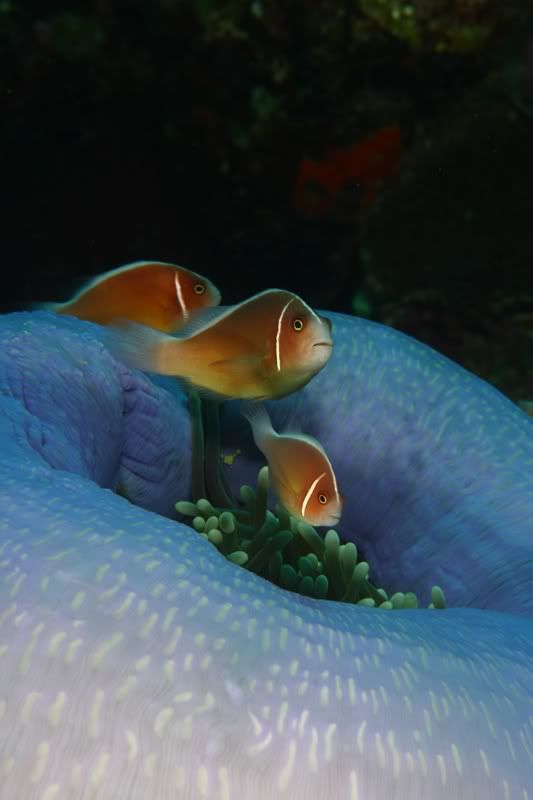
While Apo is a marine park, and there is no dynamite fishing there, there was plenty of dead coral from the recent El Nino events.
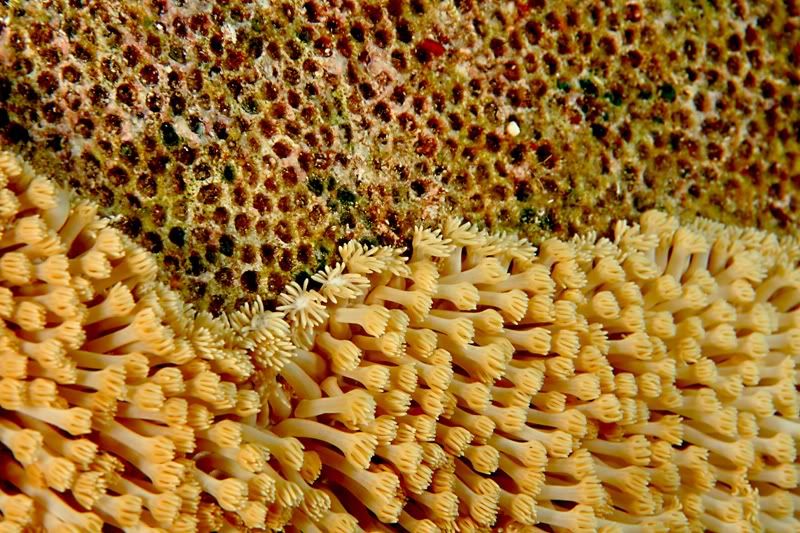
There were fewer of the famous huge schools of pelagic fish left.
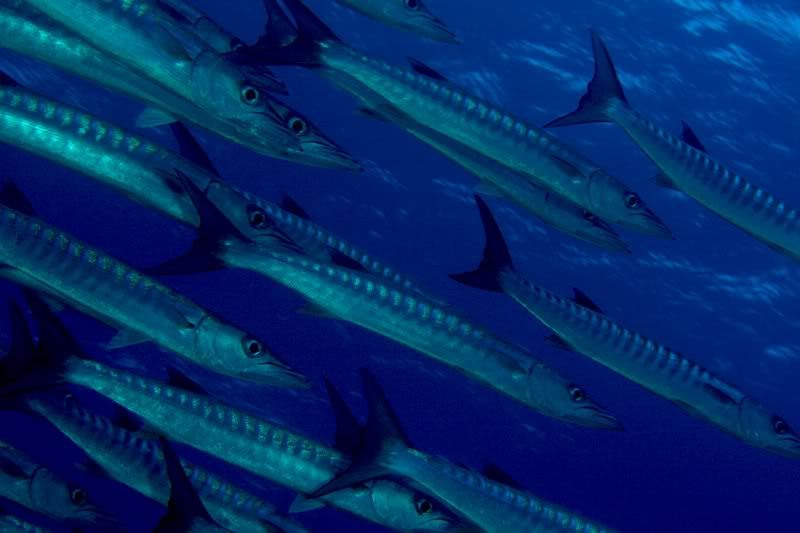
I suspect that the loss of habitat has impacted the reefs ability to support these large schools, and they have moved on. However, the macro life was VERY good. Lots of nudis, reef fish, snakes and oddities.
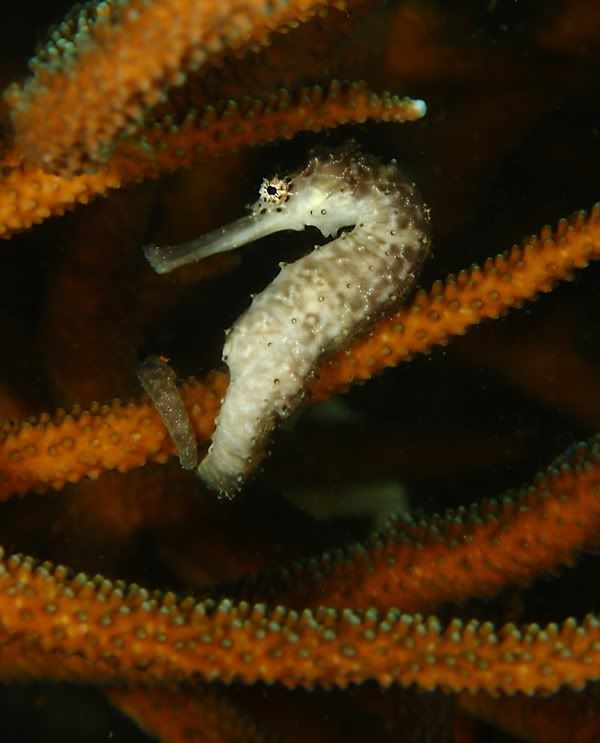
One worrisome development was seeing anemones in the process of bleaching. Hopefully, they are recovering and not in the downward spiral.
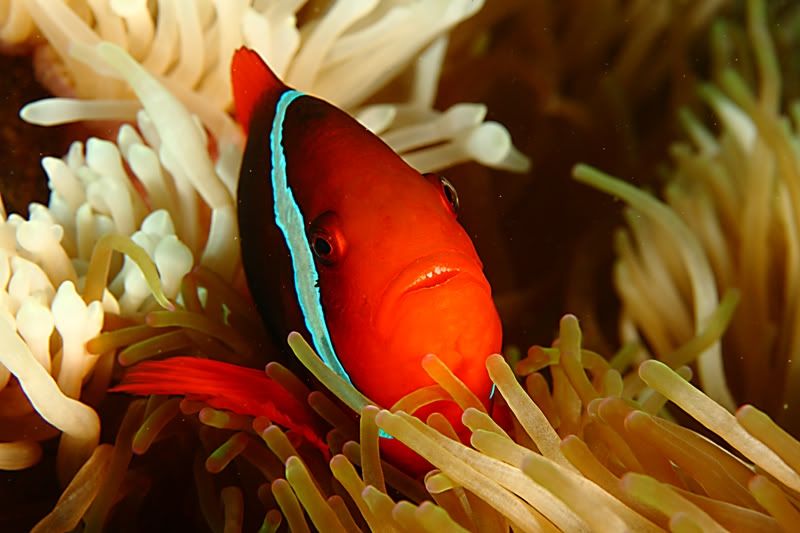
One interesting daily occurrence was that the banded sea kraits liked crawling through the scupper holes in the dingys to sleep in them during the night. Every morning the dingy drivers had to evict them.
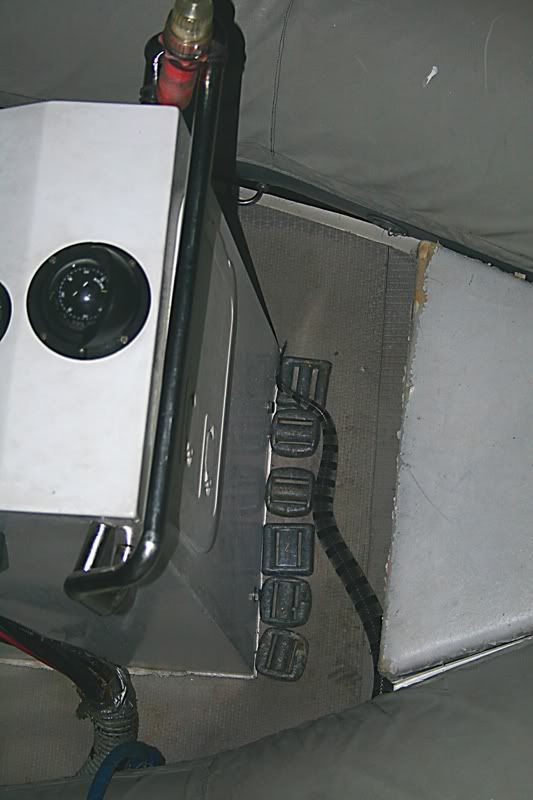
I wont tell you about the one they missed!
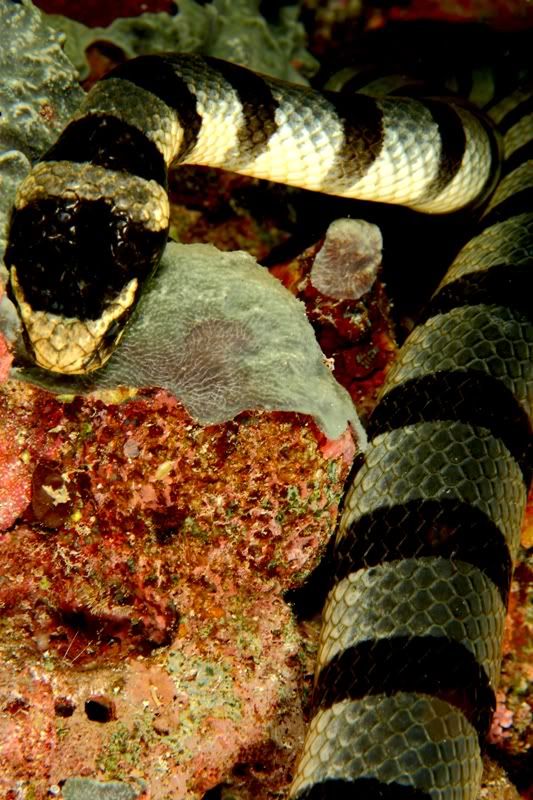
After Apo Reef, we motored to Caron Bay, where a famous 10 minute aerial bombardment took place resulting in the sinking of many Japanese ships during WWII. While the visibility in the bay was fairly poor (between 20-50 feet) there were wonderful things to see. The vis made for macro only and it was impossible to get good wide angles of the wrecks. Each wreck hosted wonderful reefs on their decks.


If you get to Coron Bay, do not miss Barracuda Lake! Where else can one dive in an active volcanic vent? Leave any wetsuit behind. The first 30 feet are a comfortable 88 degreess. Then you hit the thermocline. The temp instantly jumps to 99 degrees. There is some interesting indigenous life there from eel tailed catfish, dragonettes and cardinalfish to a shrimp that will happily offer manicures.
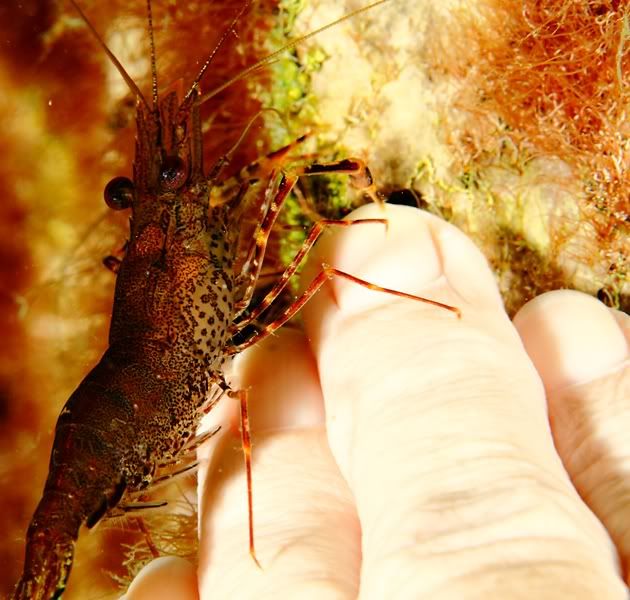
The prettiest reef was the heavily touristed snorkeling reef called 7 islands. This area also sported the richest mandarin fish area I have ever seen.
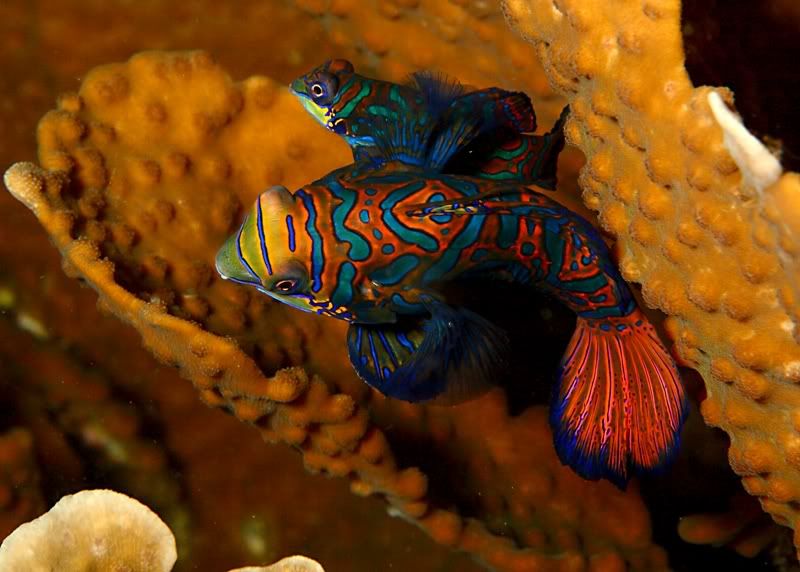
We also did a fair number of exploratory diving. We found a real gem off Panagatan Island. There we found innumerable goodies from all ages of blue ribbon eels to scads of mantis shrimp.
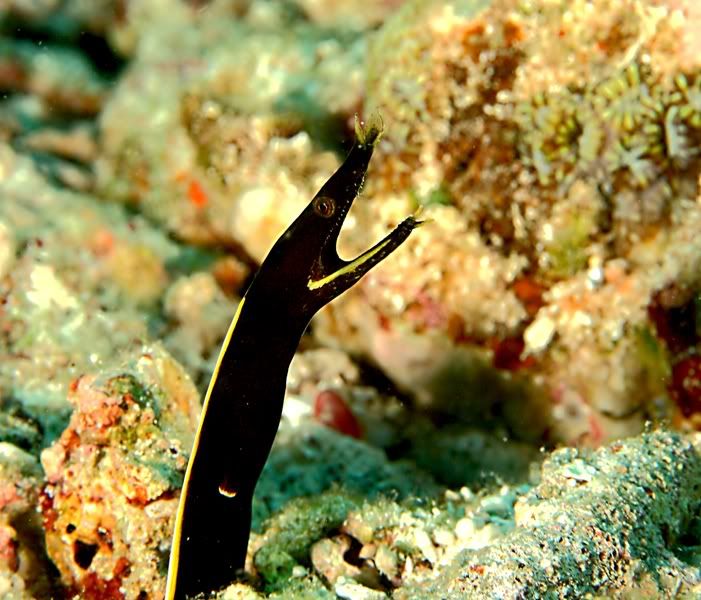
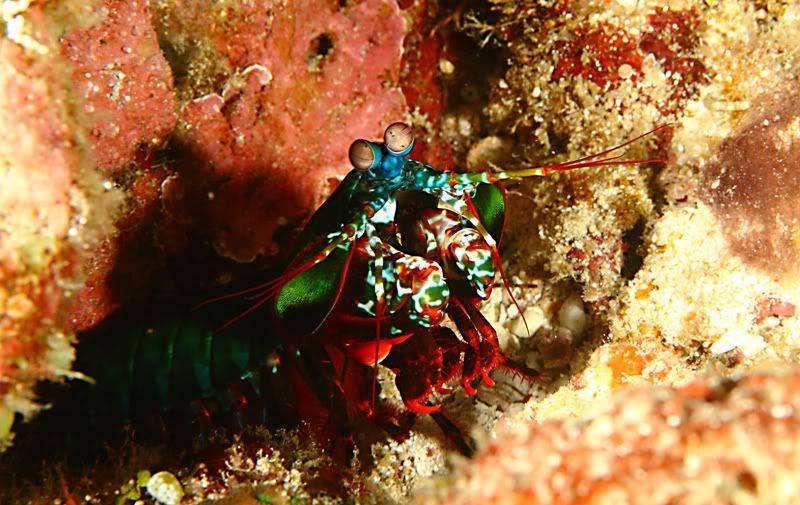
The night diving on this trip was wonderful. I didnt miss one opportunity for a night dive.
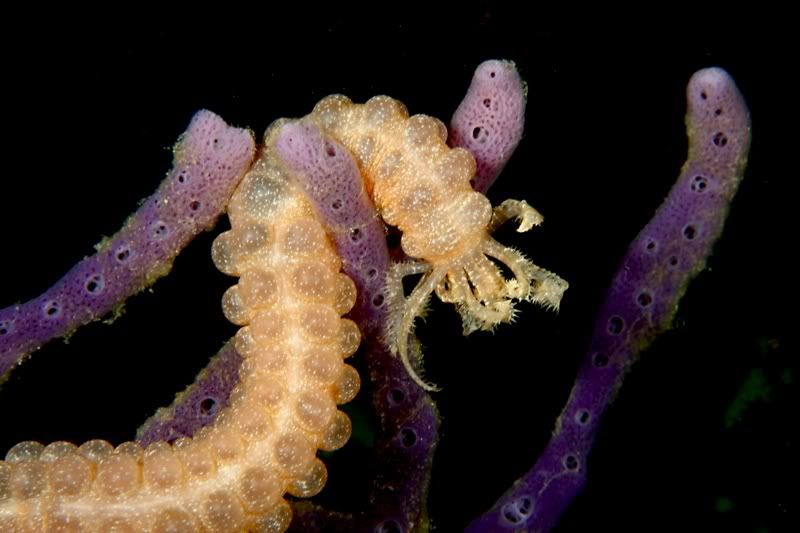
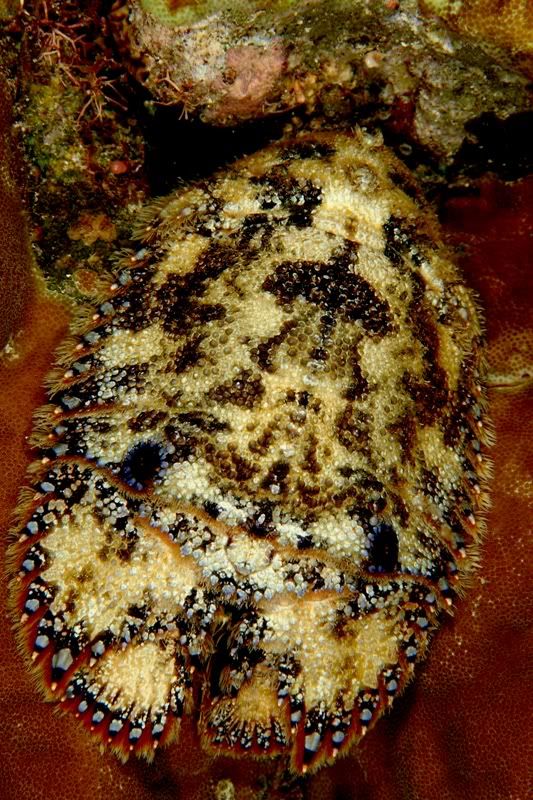
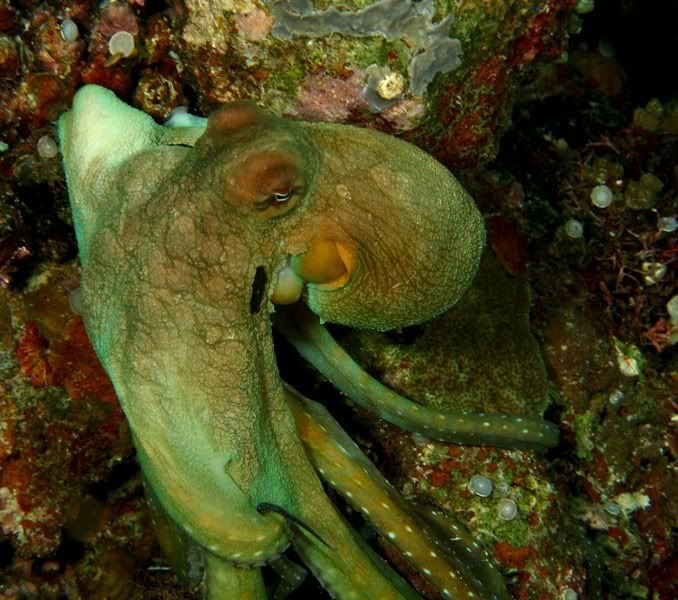
All in all, this was a great trip on a wonderful boat. The crew could not have done anything better. While I doubt I would repeat this itinerary, I would definitely join this operation on one of their other trips, especially their itinerary in the Southern Visayas. The dive guides all hinted that this should not be missed. I guess this time of year it is difficult to get to some of the top Philippine sites.
I will end with a few other Photos;
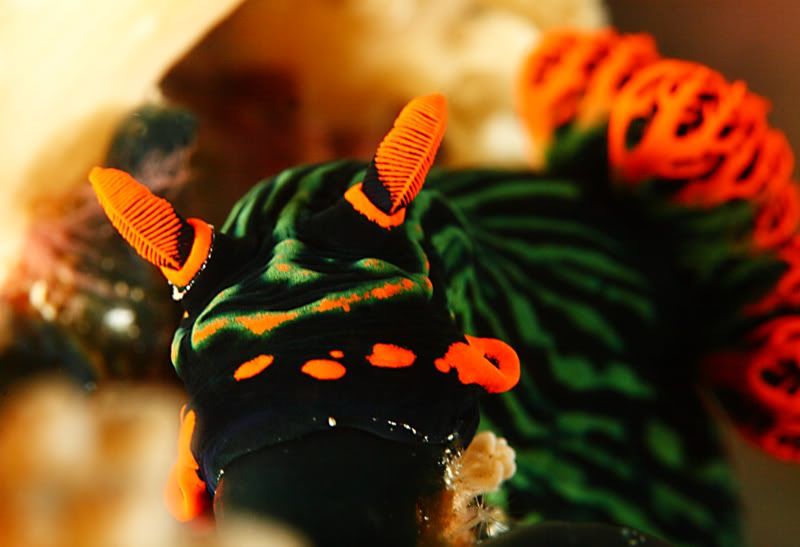
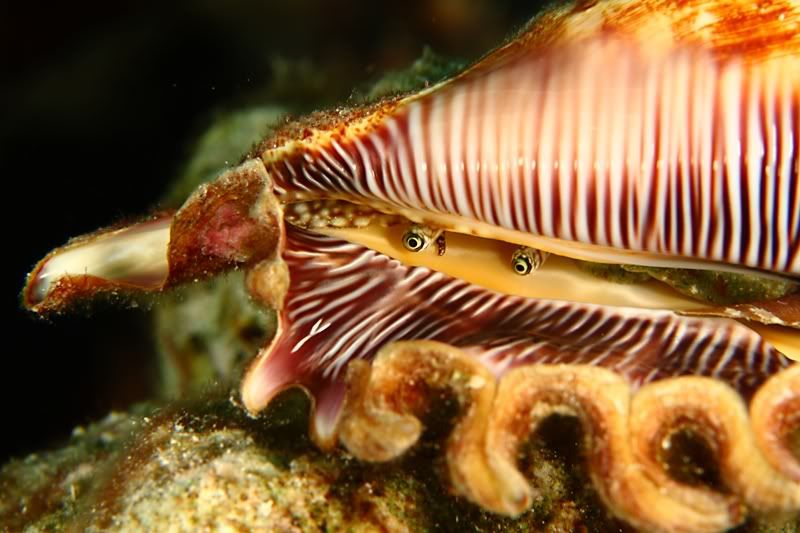
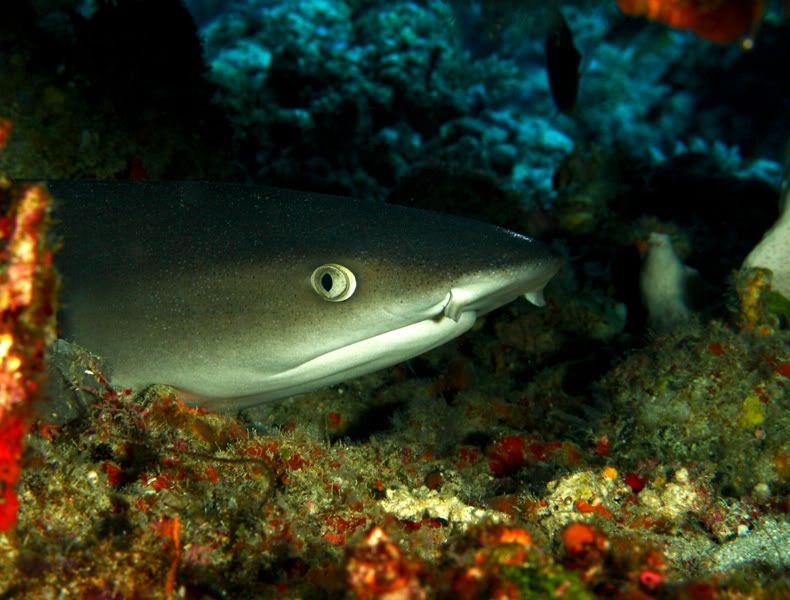
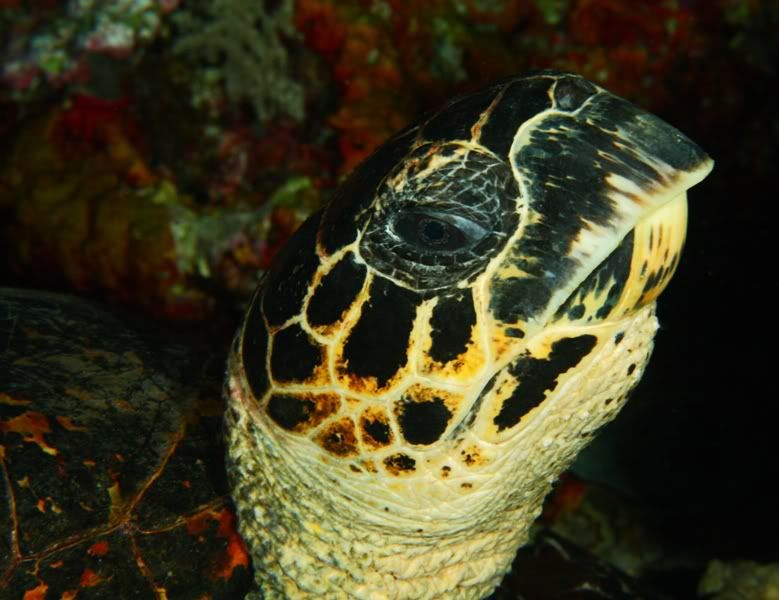

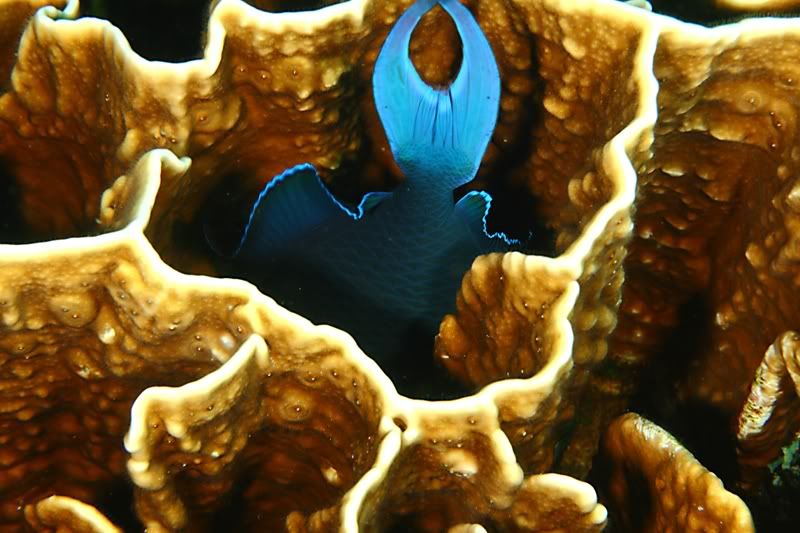
The end!!
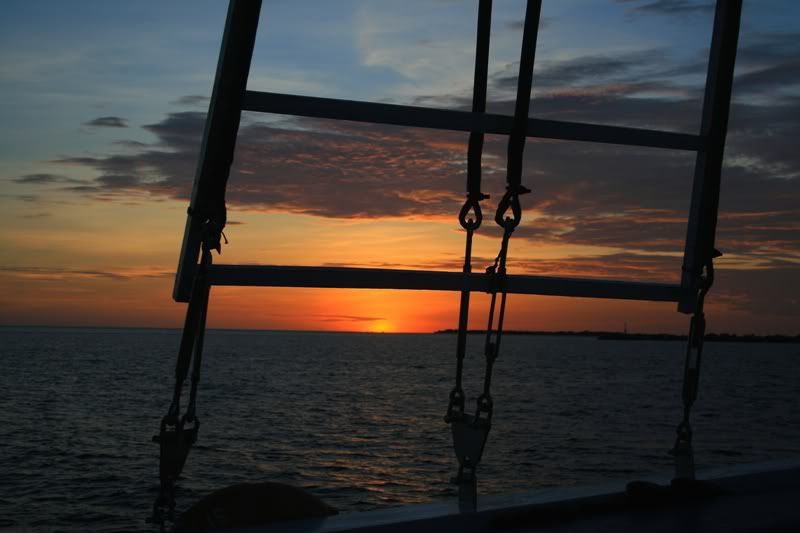

I have to say that the Siren is the most comfortable, best crewed liveaboard I have ever been on. She is gorgeous polished hardwood with huge cabins. Each cabin had its own computer for photo imaging work and a large insuite bathroom. The meals were amazing and your every need was catered to. The dive deck was well planned with plenty of room for camera gear.
All of the diving was done was done from inflatable RHIBs. While I was worried that it would be a hassle, the crew made it very easy.

Now, to the diving.
I have to say that I was a bit disappointed with the quality of the diving. I understand the area was really impacted by recent El Ninos, and nowhere was this more apparent than Apo Reef.
Boracay- We did not do a lot of diving here, as we were in a hurry to get to Apo. The one dive I really like was the Camia wreck. There was plenty to see there.
The weather was tough with high winds. Our crossing to Apo was met with 15 foot waves which had the Siren rolling so much that night, that we had to jam lifejackets under the side of our beds to keep from rolling out of bed. The morning found us at Apo.

While Apo is a marine park, and there is no dynamite fishing there, there was plenty of dead coral from the recent El Nino events.

There were fewer of the famous huge schools of pelagic fish left.

I suspect that the loss of habitat has impacted the reefs ability to support these large schools, and they have moved on. However, the macro life was VERY good. Lots of nudis, reef fish, snakes and oddities.

One worrisome development was seeing anemones in the process of bleaching. Hopefully, they are recovering and not in the downward spiral.

One interesting daily occurrence was that the banded sea kraits liked crawling through the scupper holes in the dingys to sleep in them during the night. Every morning the dingy drivers had to evict them.

I wont tell you about the one they missed!

After Apo Reef, we motored to Caron Bay, where a famous 10 minute aerial bombardment took place resulting in the sinking of many Japanese ships during WWII. While the visibility in the bay was fairly poor (between 20-50 feet) there were wonderful things to see. The vis made for macro only and it was impossible to get good wide angles of the wrecks. Each wreck hosted wonderful reefs on their decks.


If you get to Coron Bay, do not miss Barracuda Lake! Where else can one dive in an active volcanic vent? Leave any wetsuit behind. The first 30 feet are a comfortable 88 degreess. Then you hit the thermocline. The temp instantly jumps to 99 degrees. There is some interesting indigenous life there from eel tailed catfish, dragonettes and cardinalfish to a shrimp that will happily offer manicures.

The prettiest reef was the heavily touristed snorkeling reef called 7 islands. This area also sported the richest mandarin fish area I have ever seen.

We also did a fair number of exploratory diving. We found a real gem off Panagatan Island. There we found innumerable goodies from all ages of blue ribbon eels to scads of mantis shrimp.


The night diving on this trip was wonderful. I didnt miss one opportunity for a night dive.



All in all, this was a great trip on a wonderful boat. The crew could not have done anything better. While I doubt I would repeat this itinerary, I would definitely join this operation on one of their other trips, especially their itinerary in the Southern Visayas. The dive guides all hinted that this should not be missed. I guess this time of year it is difficult to get to some of the top Philippine sites.
I will end with a few other Photos;






The end!!





